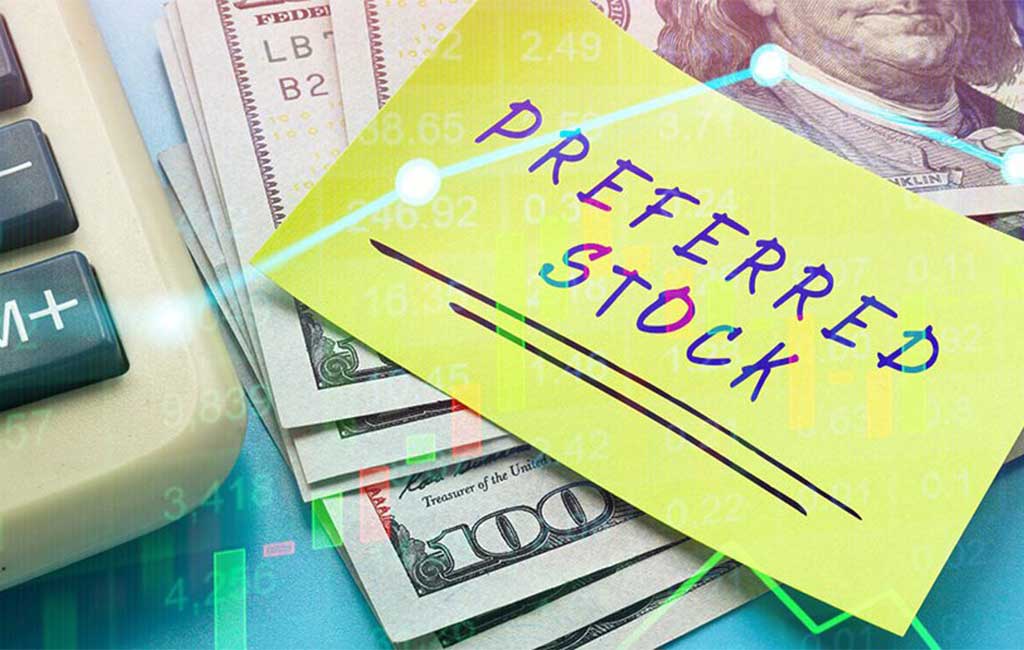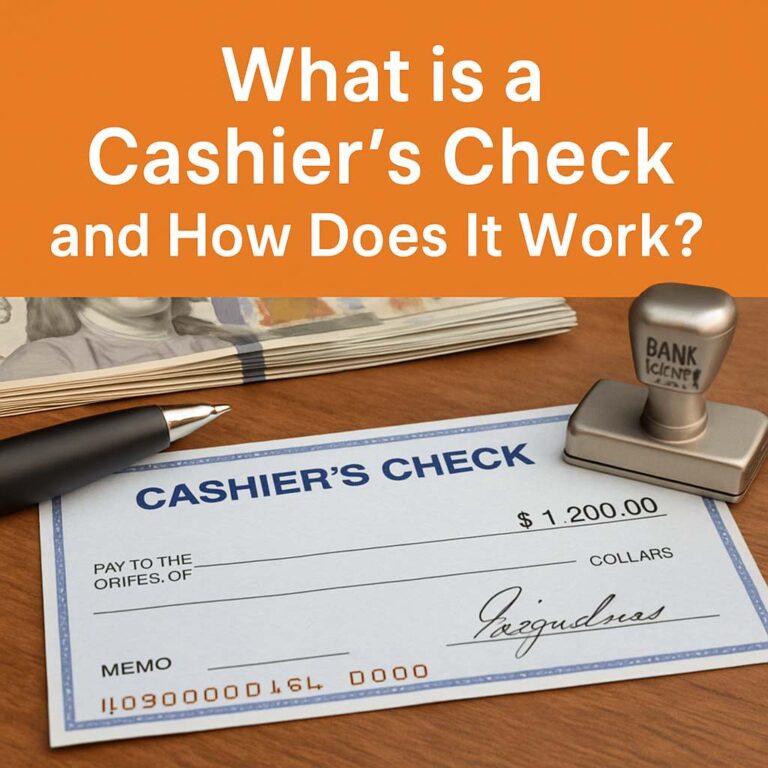Preferred shares are unique in the world of investments. They blend the characteristics of both stocks and bonds, which sets them apart in valuation from common shares. As part owners of a company, holders of preferred shares have a stake similar to common shareholders but with different rights and benefits.
The cost of preferred stock is an essential measure for investors to consider. This cost reflects the required return on these hybrid securities, which combine elements of common stock and corporate bonds. Understanding this cost is crucial for assessing preferred shares’ potential benefits and risks.
What is the Cost of Preferred Stock?
The cost of preferred stock represents the expense a company incurs in exchange for the capital raised from selling these shares. Essentially, it’s the annual amount the company pays out in dividends divided by the total money it receives from issuing the stock.
Management often refers to this cost to determine the most effective and economical capital-raising method. Companies have various options to fund expansions or maintain operations, such as issuing debt, common shares, or preferred shares.
To find the cost of preferred stock, they divide the yearly dividends paid on these shares by their current market price. By determining this rate, they can compare it to other financing methods. This cost is also crucial in calculating the company’s Weighted Average Cost of Capital.

How to Calculate the Cost of Preferred Stock?
The cost is essentially the dividend yield on a company’s issued preferred shares. To calculate this, you divide the preferred stock dividend per share (DPS) by the price at which the shares were issued.
Due to its hybrid nature—it’s not exactly debt, but it’s also not quite common equity—it’s generally best to treat preferred stock as a separate component within the capital structure when modeling.
Why should preferred stock be treated separately from equity and debt? The reason is that preferred stock has distinctive features that neither ordinary debt nor common equity shares. Therefore, it deserves its place in calculations like the Weighted Average Cost of Capital (WACC).
Although the cost of preferred equity usually doesn’t drastically affect a firm’s overall valuation, it’s still important to account for it accurately. If the amount of preferred equity is very small, it might be grouped with debt in financial models, and this simplification will likely have only a minor effect on the firm’s valuation. Yet, preferred stock must be appropriately considered for accurate financial reporting and valuation.
The Cost of Preferred Stock Formula is straightforward:
Rp = D (dividend)/ P0 (price)
For example:
If a company offers a preferred stock that pays an annual dividend of $4 and the current share price is $25, what would the preferred stock cost be?
Rp = D / P0
Rp = 4 / 25 = 16%
What Are the Advantages & Disadvantages of Preferred Stock?
Preferred stock is an intriguing financial instrument that blends the attributes of bonds and common stocks. This unique nature makes it an attractive option for certain investors, but it also comes with limitations.
Advantages of Preferred Stock
- Fixed-Income Payments: One of the most appealing features of preferred stock is its fixed-income payments. Investors receive dividends typically higher and more regular than common stock, providing a steady income stream.
- Lower Capital Risk: Since preferred shareholders are paid out dividends and liquidation proceeds before common shareholders, there is inherently less risk in holding preferred stocks compared to common stocks, particularly in the event of a company’s financial distress.
- Priority Over Common Stockholders in Dividends: Preferred stockholders have the advantage of receiving dividend payouts before common stockholders. If a company limits or omits dividends, common shareholders will feel the impact before preferred shareholders.
- Priority Over Common Stockholders in Assets: In the event of bankruptcy or liquidation, preferred shareholders are also prioritized over common stockholders when it comes to asset distribution. This gives them a better chance of recovering some of their investment.
- Additional Investor Benefits: Some preferred stocks are known as convertible shares, which allow investors to swap their preferred shares for a set number of common shares. This option can be very profitable if the value of the common shares increases. Additionally, participating shares offer investors the chance to earn extra dividends beyond the fixed rate if the company hits specific profit goals. These features make preferred stocks potentially more appealing by providing opportunities for increased returns.

Disadvantages of Preferred Stock
- No Voting Rights: Preferred shareholders usually lack voting rights in the company. This is in contrast to common stockholders, who typically do have such rights. This means they have no say in corporate decisions, including mergers, board member elections, or other significant corporate activities.
- Lower Capital Gain Potential: Preferred stocks usually offer less potential for capital appreciation than common stocks. Their price doesn’t fluctuate as much, which limits the potential for large price gains.
- Dividend Payouts Are Not Guaranteed: Although preferred stocks provide fixed-income payments, these dividends are not guaranteed. A company facing financial difficulties might reduce or suspend dividend payments, affecting preferred shareholders.
- Asset Payouts Are Not Guaranteed: While preferred shareholders have a higher claim on assets than common stockholders, they still stand behind debt holders. If a company goes bankrupt and its assets are insufficient to cover all liabilities and preferred stock claims, these shareholders may not receive their full investment back.
Unique Features of Preferred Shares
Preferred shares offer distinctive characteristics that set them apart from other investments like common stocks and bonds. These features blend advantages and potential drawbacks, making preferred shares a nuanced investment option.
Fixed-Income Payments
Preferred shares provide fixed dividend payments, offering a steady income source. This predictability benefits those needing reliable cash flow, such as retirees. However, dividends are not guaranteed, and companies may reduce or suspend these payments in financial trouble.
Lower Capital Risk With Priority in Dividends and Assets
Preferred shareholders face lower capital risk than common shareholders. They have priority over common shareholders for dividend payments and asset distribution if a company liquidates, reducing financial risks. However, preferred shareholders rank below debt holders, like bondholders. In a liquidation, if assets are limited, they may not recover their full investment.
Lack of Voting Rights
Preferred shares usually do not provide voting rights. This means holders can’t vote on corporate matters, such as electing directors. This absence of influence is the trade-off for the financial security they receive.
Limited Capital Gain Potential
Preferred shares typically offer less potential for capital growth compared to common stocks. Their price is less volatile, so they don’t capture significant market upswings. This makes them less appealing to investors looking for substantial capital gains.
Convertibility and Participation
Some preferred shares include options like convertibility, where shareholders can convert their shares into a set number of common shares. This can be valuable if the value of common shares increases. Also, participating preferred shares may allow holders to earn extra dividends if the company meets certain profit goals. These options link returns more closely to the company’s performance.

Final Words
The cost of preferred stock is a vital metric for investors considering this type of investment. Understanding how to calculate and evaluate this cost against other investment opportunities is essential for making informed decisions that align with financial goals and risk tolerance.
For more insights and detailed discussions on various financial topics, we invite you to explore our blogs at EduCounting. Whether you’re a novice investor or a seasoned financial professional, our resources are designed to enrich your knowledge and assist in your financial journey.
FAQs
Are preferred stocks more expensive than common stock?
While not necessarily more expensive per share, the overall investment in preferred stocks might require a higher initial outlay due to generally higher per-share prices and the fixed-income nature offering stability and less risk compared to common stocks.
Who should buy preferred stock?
Preferred stock is ideal for income-focused investors who need steady dividends with lower risk than common stocks. It suits conservative investors, retirees, or those in need of stable income flows.
Why do companies not like preferred stock?
A budget weakness refers to flaws or areas of improvement in your budgeting process. This could include consistently overspending, not accounting for all expenses, setting unrealistic budgeting goals, or not regularly reviewing and adjusting the budget.








